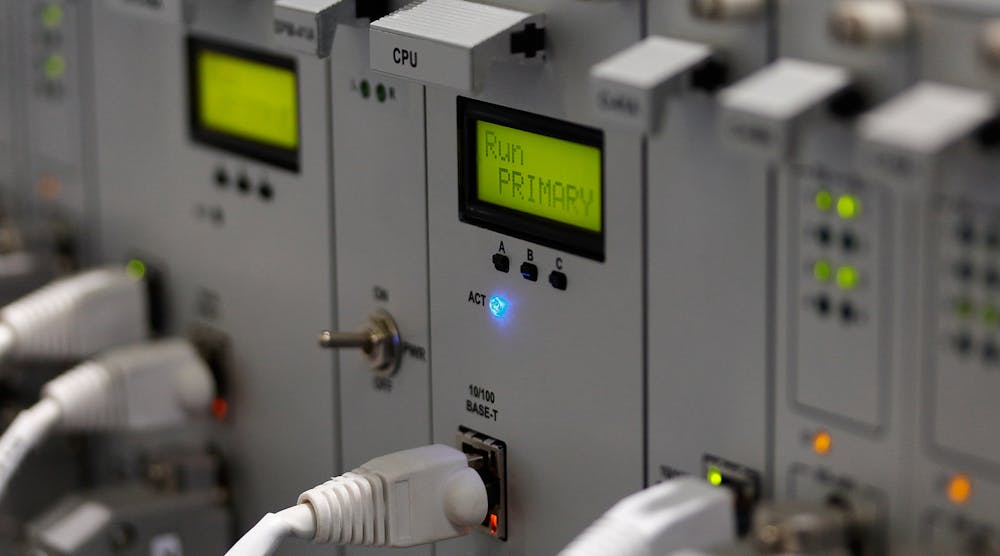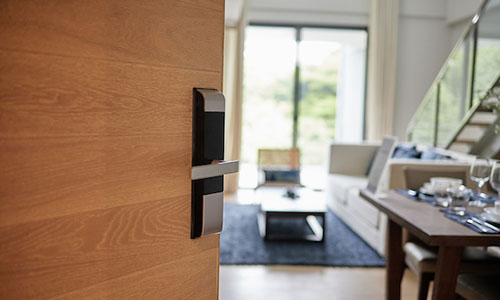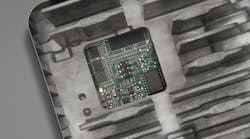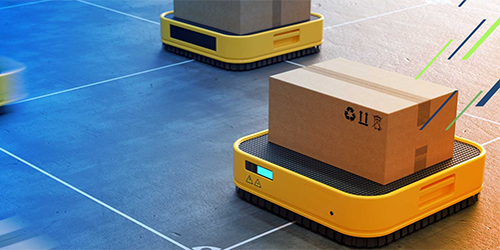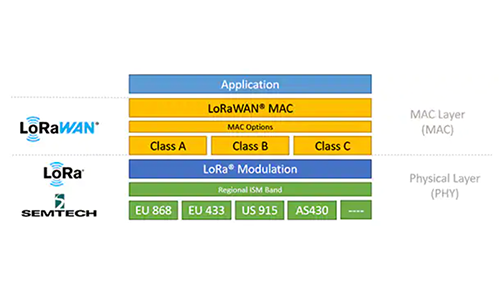This article is part ofTechXchange:Time for Time-Sensitive Networking
What you’ll learn
- What is coax Ethernet?
- What is single-pair Ethernet?
- What is time-sensitive networking?
A lot has changed with Ethernet, but not when it comes to compatibility. My house is wired for 10Base2. That’s 10-Mbit/s coax. It also has CAT6 connected to a 52-port Ethernet switch Power-over-Ethernet (PoE). The PoE support powers my security cameras. The switch handles fiber, although I’ve only used that in installations where I needed distance and isolation. I finally retired my last coax device over a decade ago, but it was on the same net as a 10-Gbit Ethernet.
Though keeping track of the many Ethernet-related standards can be a challenge, at least they work together. The Ethernet Alliance has put together a set of video interviews called “The Voices of Ethernet,” featuring Ethernet notables likeRobert MetcalfeandGary Robinson.
Ethernet is pushing the throughput envelope with the 800GBASE-R standard. This may seem fast, but even faster speeds are needed to feed the cloud monster. At this point, there’s no such thing as fast enough. Fiber is the norm for these speeds, although engineers continue to tweak copper connections.
Industrial applications tend to require less bandwidth. However, timing remains critical. TheIEEE 1588 precision time protocolstandard has been useful, but time becomes very interesting withtime-sensitive networking (TSN). 1588 works over any Ethernet network and synchronizes clocks on end nodes; TSN is a bit more demanding on switches and interfaces. TSN also provides real-time synchronization and data exchange that can make industrial automation operate faster, more accurately, and safer.
Ethernet is popping up in other areas ranging from robotics to cars. With TSN, Ethernet offers time synchronization provided bynetworks like CANwhile delivering data faster. These new arenas also have fostered new standards likesingle-pair Ethernet. The100BASE-T1 and 1000BASE-T1standards are being employed in cars, and they’re ideal for industrial and robotic applications as well. TSN and PoE are in the mix for these standards, too.
减少两个节省成本和电线的数量weight. It also foregoes the ubiquitous RJ-45 connectors most Ethernet users are familiar with. It’s possible to use other connectors for conventional Ethernet, but that’s generally limited to rugged applications. Even many robots use these internally, simply because switches and adapters already include them.
Wireless technologies like 5G, Wi-Fi, Bluetooth, and LoRaWAN may the darlings of IoT devices. Still, it’s Ethernet that makes IoT possible.
Read more articles inTechXchange:Time for Time-Sensitive Networking
